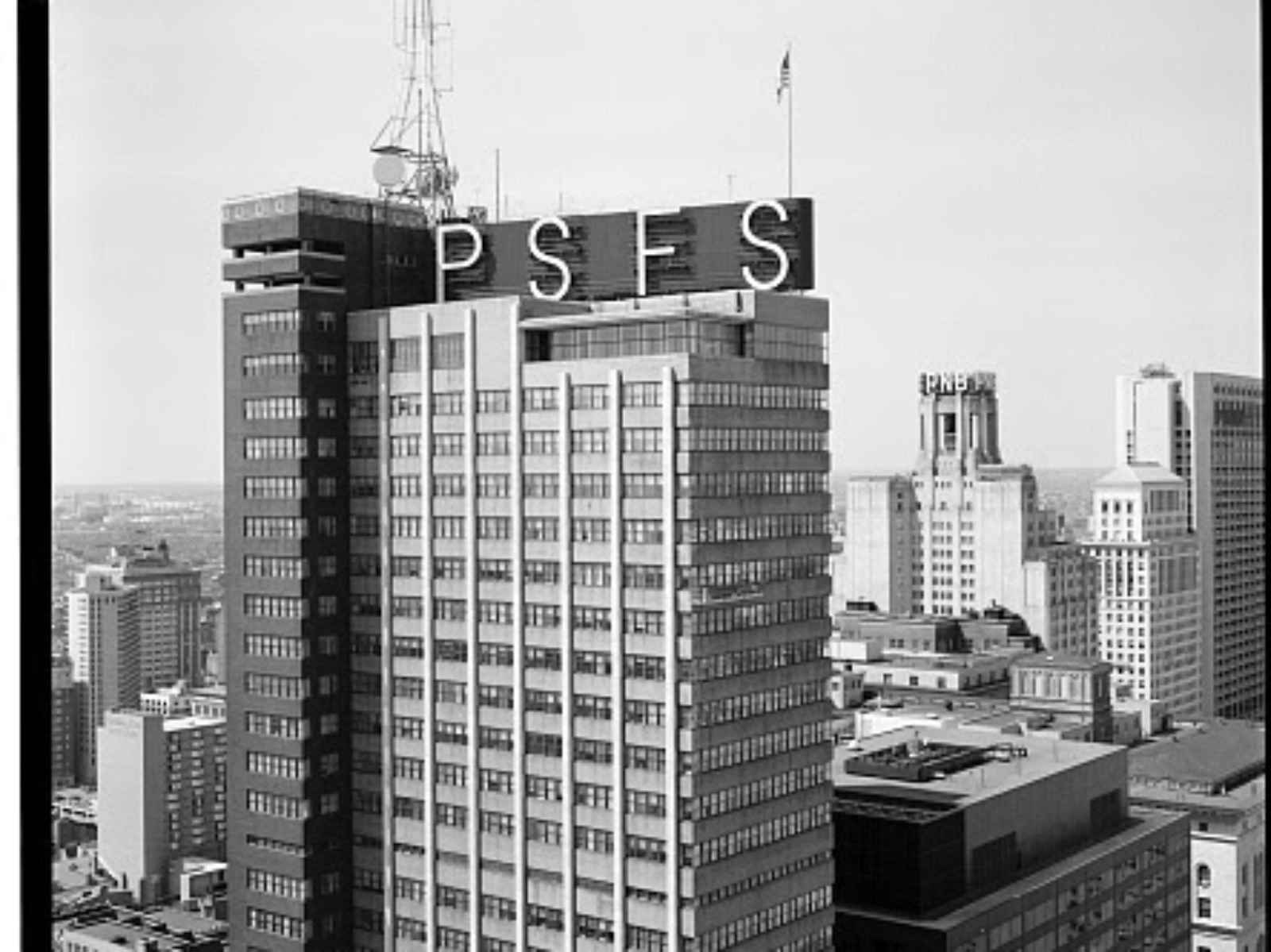Description
The International Style is characterized by a complete absence of ornament and by forms in which effects of mass and weight are minimized for the sake of an effect of pure volume; compositionally, a balance of unlike parts is more often than not substituted for axial symmetry. Flat roofs, smooth and uniform wall surfaces, windows with minimal exterior reveals (which are perceived as continuations of the surface in another material rather than as holes in the wall), and windows that turn the corner of the building are among the means by which the effect of volume is obtained. Skeleton construct ion of steel or reinforced concrete is typical, though some smaller buildings are of wood with a sheathing of flush-jointed boards. Much use is made of the cantilever principle, both for carrying upper floors outside the supporting columns and for balconies and other projecting features. Wall surfaces of any material but wood are normally plastered and painted white; concrete is almost never exposed. Horizontality – most marked in the ribbon window – and rectilinearity predominate, though circular windows, curved surfaces, and cylindrical forms sometimes appear as elements of contrast.
Whiffen, Marcus. American architecture since 1780: a guide to the styles. N.p.: The MIT Press, 1969. Print.
